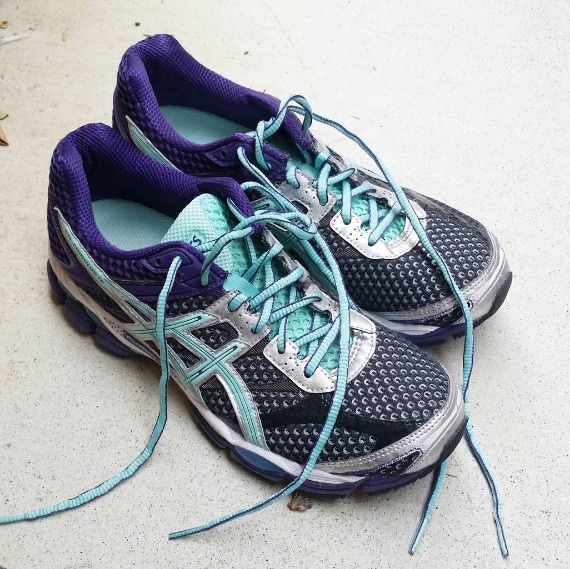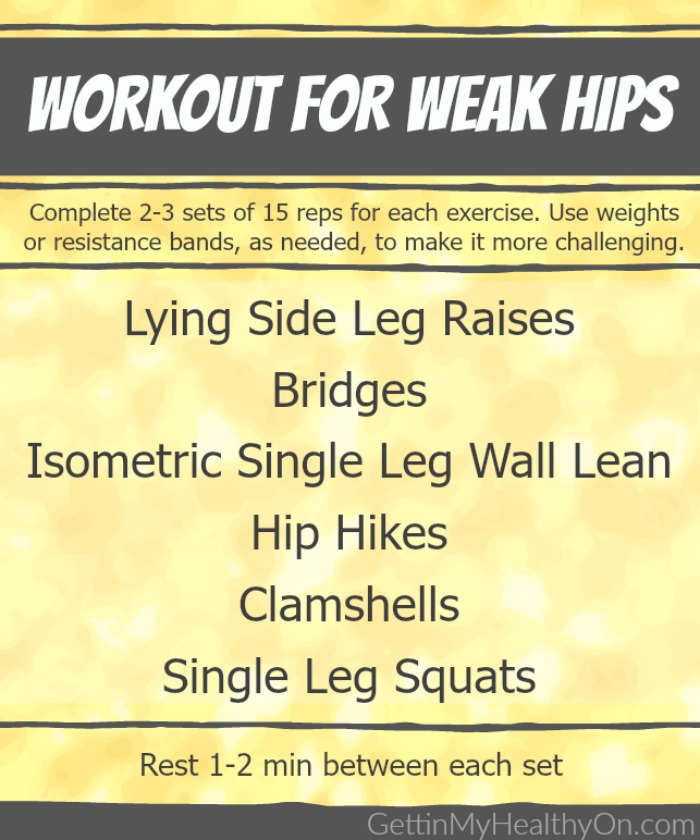I originally started this blog with a running theme, but ever since I developed IT (iliotibial) band syndrome four years ago, running has been pretty nonexistent in my life. I’m not going to get into that story, but if you want to read more about my experience, check out my running after IT band syndrome post.

Although I’ve mostly put running in the past (it’s honestly been the best way for me to move on and not dwell on the disappointment)—I’m still a sucker for articles about IT band syndrome. I don’t know why, but the topic never fails to pull me in!
I’ve read SO many articles about IT band syndrome over the years, but one really stuck out to me recently. I stumbled upon a Runner’s World article a couple months ago that led to a more detailed and scientific article about IT band syndrome (here) that was really interesting to me. Towards the end of it, there’s a 6-week protocol (based on the “Fredericson protocol”) that includes 5 exercises and 2 stretches to do 1-3 times daily.
Somehow I managed to do the entire protocol—all 42 days of it—ending with 3 sets of 30. It was a HUGE time commitment and took a lot of dedication, but I was proud of myself. The goal of the program is to strengthen the surrounding areas to reduce stress on the IT band syndrome. What motivated me to try it was a recap of study that evaluated 24 runners with IT band issues who did the Fredericson protocol. 92% of them could return to running.
I’ve only gone on 1 run since completing the protocol, and after I finished my goal of 1 mile, I noticed I got the normal pain on the side of my knee due to my IT band. While that was definitely discouraging after committing so much time and effort to the protocol, I do know that in the past I would sometimes have to stop before I even got to that point. So I think there’s a shred of hope.
If you read through the article I linked to above, you’ll learn why the exercises were chosen and how they’re designed to help. After doing 6 weeks of 30 reps multiple times per day of so many exercises, I guess you could say I was really sick of all of it. But I knew I needed to keep up with the general idea of them if I wanted to reap the rewards.
That’s why I created the workout routine I’m sharing today. It uses all of the exercises in the protocol, plus another one that I often did in my physical therapy a few years ago. My goal has been to do this workout twice weekly to keep working on my hip and glute strength.
Even if you aren’t struggling with IT band syndrome, I think it’s a great workout for anyone—especially if you sit at a desk all day like me.

As always you can check out my Exercise Guide for video demonstrations of some of these exercises. New exercises I’ve never shared in past workouts include: Lying Side Leg Raises, Isometric Single Leg Wall Lean, and Hip Hikes.
Whether you’re a runner, injured runner, or non-runner, I encourage you to try these exercises out. They work areas that a lot of us tend to neglect.
Please note: I am not a certified fitness professional, physical therapist, or anything of the sort. This workout cannot guarantee results with improving an injury. I just wanted to share a series of exercises I’ve been doing that were collected from a credible source.





Great post! I’m seeing a lot of athletes wondering how to manage this pain or that. Seems like you did your research on this one!
Thanks! And ya, it’s crazy how common injuries like IT band syndrome are. Such a [literal] pain! haha